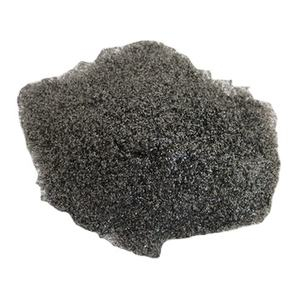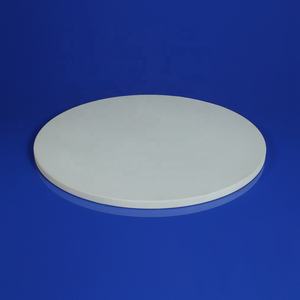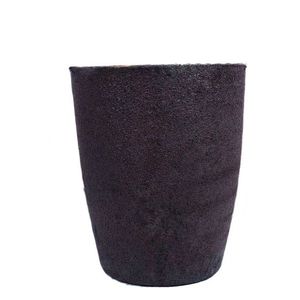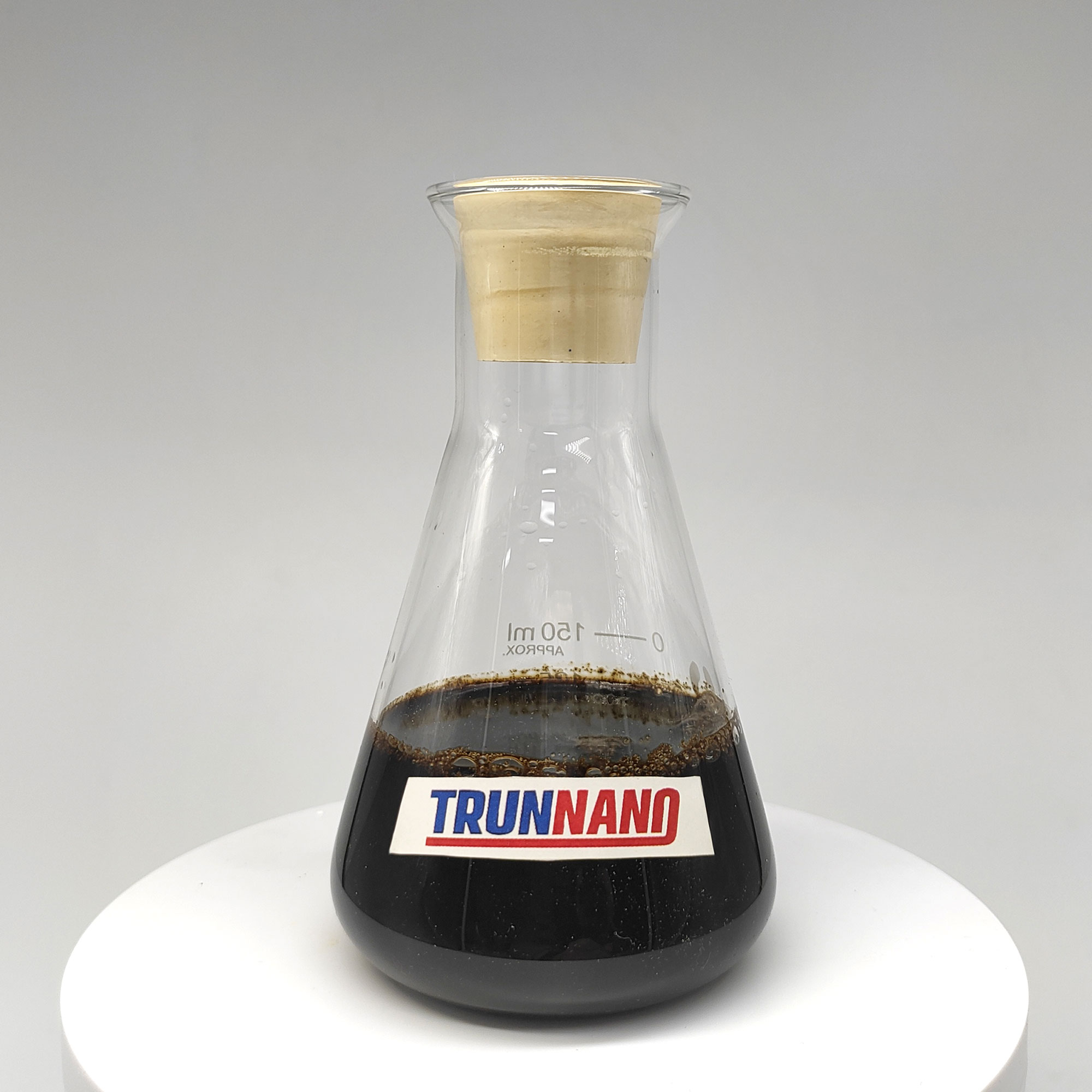Overview of Spherical Molybdenum Powder Mo Powder for 3D Printing
Metal powder is a common form of metal that has been processed into fine particles, ranging from a few micrometers to over 100 microns in diameter. It plays a crucial role in various industrial applications due to its unique properties and versatility.
Features of Spherical Molybdenum Powder Mo Powder for 3D Printing
Physical Characteristics
Particle Size: Ranging from nanometers to hundreds of micrometers, the size distribution significantly influences the powder’s flowability, packing density, and sintering behavior.
Shape: Particles can be spherical, irregular, flake-like, or dendritic, each shape affecting the final product’s mechanical properties and surface finish.
Purity: Depending on the production method, metal powders can achieve high levels of purity, critical for applications like electronics and aerospace where impurities can degrade performance.
Density: While less dense than their solid counterparts due to the presence of air between particles, metal powders can be densely packed during processing to approach the density of the solid metal.
Chemical Properties
Reactivity: Some metal powders, particularly aluminum and titanium, are highly reactive with air and moisture, necessitating careful handling and storage under inert atmospheres or vacuum.
Oxidation: Exposure to air can lead to surface oxidation, forming a passive layer that affects sintering and other processes. This can be managed through surface treatment or use of protective atmospheres.
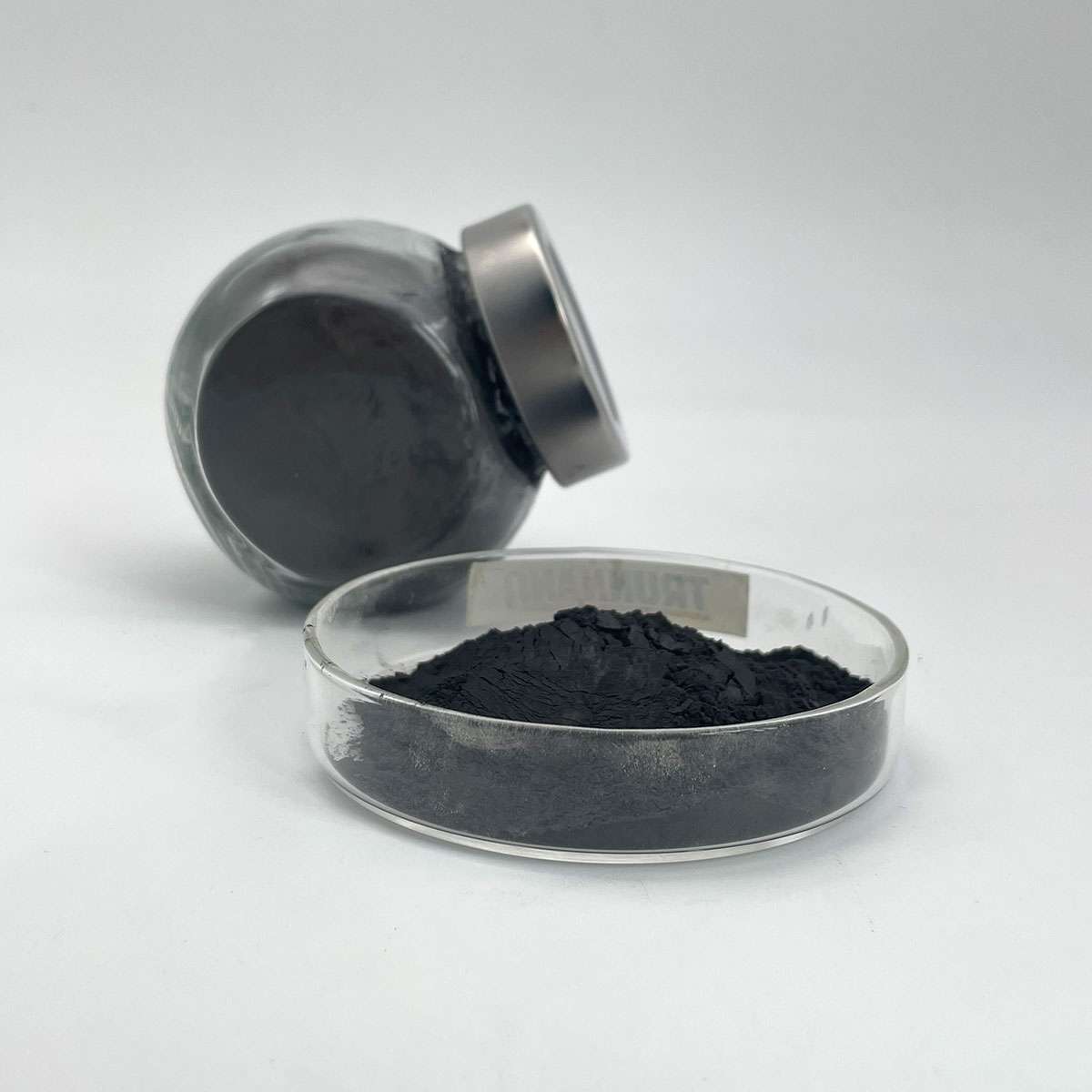
(Spherical Molybdenum Powder Mo Powder for 3D Printing)
Parameters of Spherical Molybdenum Powder Mo Powder for 3D Printing
Spherical Molybdenum (Mo) Powder: A Key Ingredient for High-Performance 3D Printing
Molybdenum, a lustrous, silvery-gray metal with the chemical symbol Mo, has gained significant attention in the realm of 3D printing due to its unique properties that make it an exceptional material choice for various applications. Spherical molybdenum powder, specifically designed for 3D printing, offers a range of benefits that cater to the demands of precision engineering and advanced manufacturing.
One of the primary advantages of spherical molybdenum powder is its uniform particle size and shape. This feature ensures better flowability, reducing the occurrence of clogging during the printing process. The spherical particles create a more consistent layer-by-layer bonding, resulting in higher print resolution and improved mechanical properties of the final product.
The high melting point of molybdenum, around 2625°C, makes it suitable for applications requiring extreme temperatures. It maintains its strength and integrity even under harsh conditions, making it ideal for components in aerospace, automotive, and energy industries where durability is paramount. In 3D printed parts, this translates to enhanced thermal stability, extending the life cycle of the components.
Molybdenum’s excellent wear resistance and low coefficient of friction also contribute to its suitability for 3D printing. This property minimizes frictional forces during the printing process, reducing the need for post-processing steps and ensuring a smoother build. Moreover, the finished products exhibit low friction coefficients, which can be advantageous in various mechanical components, such as bearings or gears.
Another crucial aspect of molybdenum powder for 3D printing is its chemical inertness. Molybdenum does not react readily with other elements, making it a reliable choice for medical implants and biocompatible applications. Its non-reactivity ensures minimal risk of corrosion, even in corrosive environments, thus providing long-term reliability.
The sintering process, used to fuse the powders into a solid structure during 3D printing, benefits from the high density and purity of spherical molybdenum powder. This results in a dense, strong, and homogeneous final product with fewer porosity issues. Furthermore, the ease of sintering allows for precise control over the material’s microstructure, enabling customization of mechanical properties according to specific application requirements.
In terms of sustainability, molybdenum recycling is possible, making it an environmentally friendly option for 3D printing. By using recycled molybdenum powder, manufacturers can reduce waste and lower their environmental footprint, aligning with the growing trend towards circular economy practices.
Lastly, while the initial cost of spherical molybdenum powder may be higher than conventional materials, its superior performance and durability justify its investment in long-run applications. The benefits it brings, such as improved efficiency, reduced maintenance, and extended service life, make it a compelling choice for industries seeking high-performance parts.
In conclusion, spherical molybdenum powder is a game-changer for 3D printing, offering exceptional properties like uniform particle size, high melting point, wear resistance, and chemical inertness. As technology advances and the demand for innovative, high-performance components continues to rise, molybdenum powder will undoubtedly play a vital role in driving the future of additive manufacturing.
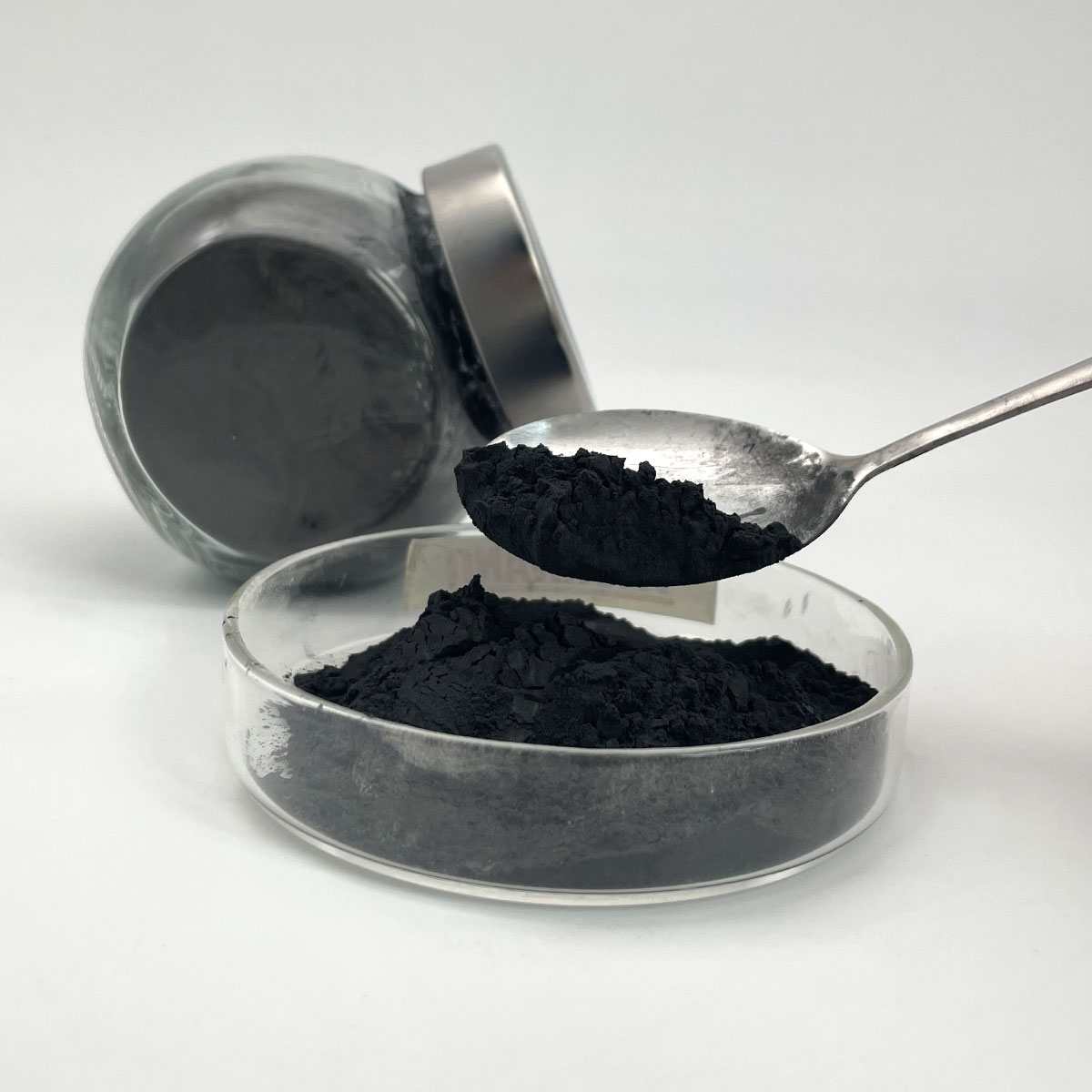
(Spherical Molybdenum Powder Mo Powder for 3D Printing)
FAQs of Spherical Molybdenum Powder Mo Powder for 3D Printing
Inquiry us

